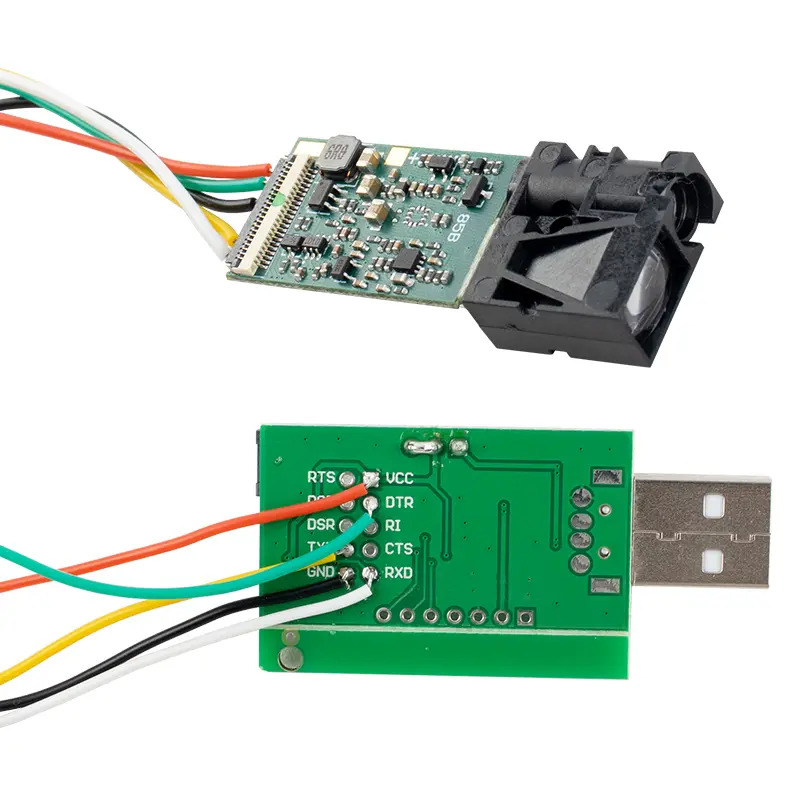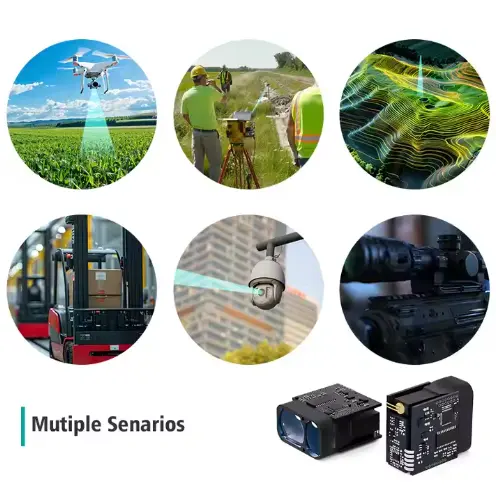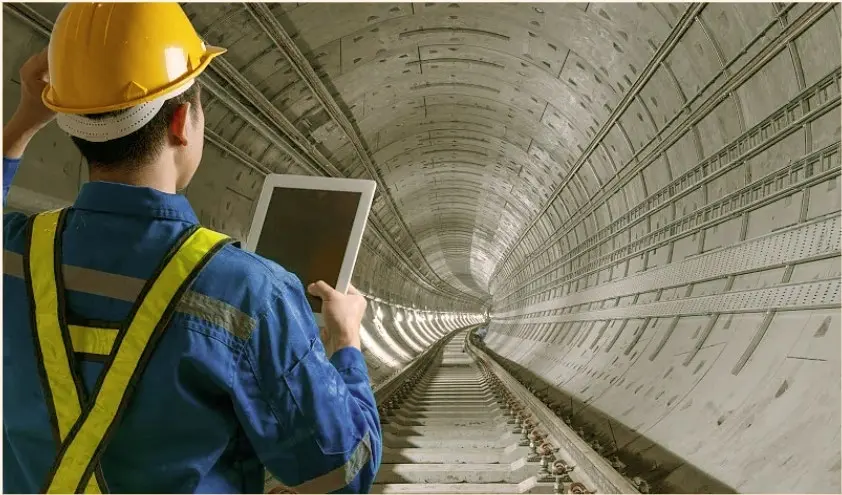In modern industries and research, laser time of flight sensors play a critical role in enabling accurate, non-contact misurazione della distanza. These sensors are widely applied in robotics, industrial automation, drones, and rilevamento. This article explains how a laser time of flight sensor works, its key advantages, and why it is becoming a preferred choice for precision measurement tasks.
If you are exploring other options, you may also check our moduli per sensori di distanza laser for industrial applications.
What Is a Laser Time of Flight Sensor?
A laser time of flight sensor measures distance by calculating the time it takes for a laser beam to travel to an object and back. This principle, known as “time of flight” (ToF), allows for highly accurate measurements over both short and long ranges.
Unlike traditional optical or ultrasonic sensors, Sensori ToF provide stable results in challenging environments, such as outdoor lighting or dusty conditions. For applications requiring continuous high-speed performance, explore our high-frequency ranging sensors.
How Does a Laser Time of Flight Sensor Work?
The working principle can be simplified into three steps:
- Emissione laser – The sensor emits a pulse or continuous wave of laser light.
- Riflessione – The laser light reflects off the target surface.
- Calcolo – The sensor calculates the round-trip time of the laser and converts it into distance.
Because the speed of light is constant, this calculation is precise even at long ranges, making laser ToF sensors suitable for demanding applications.
Key Advantages of Laser Time of Flight Sensors
- Alta precisione – Millimeter-level precision over distances up to hundreds of meters.
- Misura senza contatto – Ideal for fragile, moving, or hard-to-reach targets.
- Versatilità – Works in various industries, from factory automation to UAV navigation.
- Fast Response – Real-time measurement, critical for robotics and collision avoidance.
For situations where analogico signals are needed, we also provide analog distance sensors that integrate seamlessly with control systems.
Applications of Laser Time of Flight Sensors
- Robotics & AGVs – Navigation, mapping, and evitare gli ostacoli.
- Automazione industriale – Positioning, material handling, and process monitoring.
- Rilevamento e mappatura – Long-range distance measurement and 3D modeling.
- Drones & UAVs – Altitude rilevamento and precise landing assistance.
- Smart Cities & IoT – Traffic monitoring, smart parking, and infrastructure safety.
For UAV or drone integration, see our long-range laser distance sensors, optimized for aerial measurement.





Buying Considerations for a Laser Time of Flight Sensor
When choosing a laser time of flight sensor, factors to evaluate include:
- Measurement range (short, medium, or long distance)
- Accuracy requirements
- Update rate (for dynamic applications like robotics)
- Environmental conditions (indoor vs. outdoor, dust, fog)
- Integration interface (analog, digital, RS485, UART, CAN, etc.)
You can explore our full sensore di misura della distanza solutions to match your specific application.
Domande frequenti (FAQ)
1. What is the difference between a laser time of flight sensor and a LiDAR sensor?
A laser time of flight sensor measures single-point distances, while LiDAR typically uses multiple ToF sensors in a scanning system to generate 3D maps. For LiDAR alternatives, see our optical distance sensors.
2. Can a laser time of flight sensor work outdoors?
Yes. Many modern laser ToF sensors are designed with strong signal processing, making them suitable for outdoor use even in bright sunlight.
3. What is the maximum range of a laser time of flight sensor?
Depending on the model, ranges vary from a few centimeters to over 3000 meters. Industrial-grade sensors can achieve long-distance precision with stable performance.
4. How accurate is a laser time of flight sensor?
Accuracy can reach ±1–3 mm in controlled conditions, which is why these sensors are widely adopted in applications requiring high precision.
5. Is a laser time of flight sensor better than an ultrasonic sensor?
Yes, in most industrial scenarios. While ultrasonic sensors are cheaper, laser ToF sensors offer faster response, longer range, and much higher accuracy.
6. What industries use laser time of flight sensors the most?
They are common in robotics, logistica automation, drones, surveying, costruzione, and automotive safety systems.
The laser time of flight sensor is one of the most reliable and versatile technologies for distance measurement today. Its combination of accuracy, speed, and adaptability makes it a key enabler in robotics, industrial automation, surveying, and smart technologies.
For businesses and engineers looking to integrate precision measurement into their systems, choosing the right laser time of flight sensor is essential for achieving both performance and efficiency. Explore our complete range of industrial distance sensors to find the right fit for your project.
https://meskernel.net/how-does-tof-sensor-work/